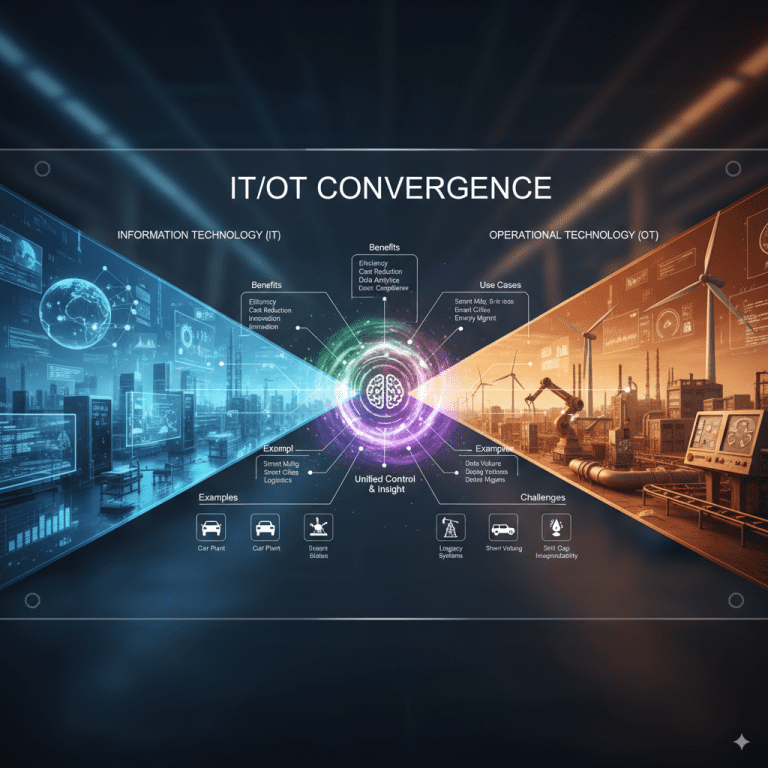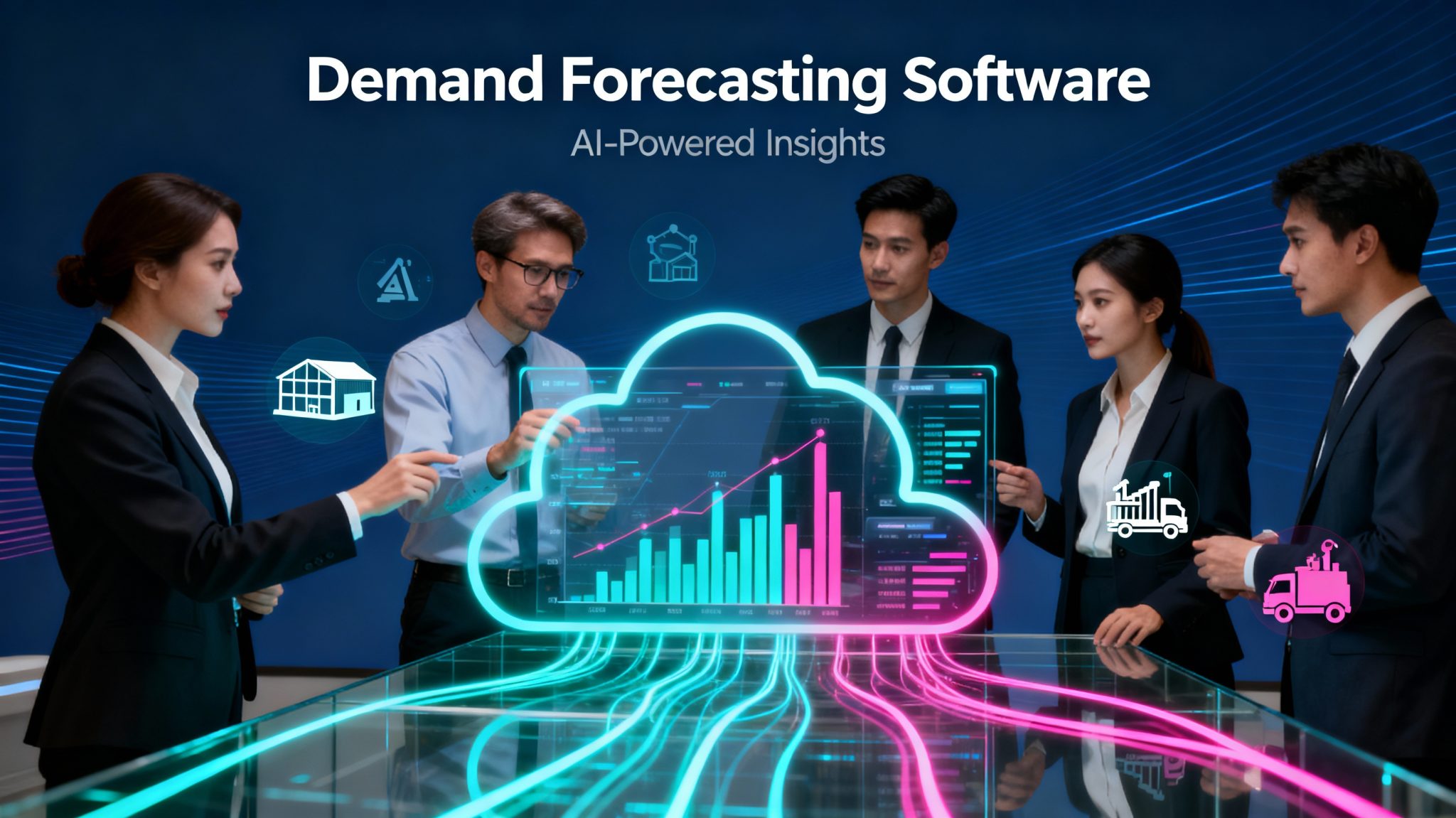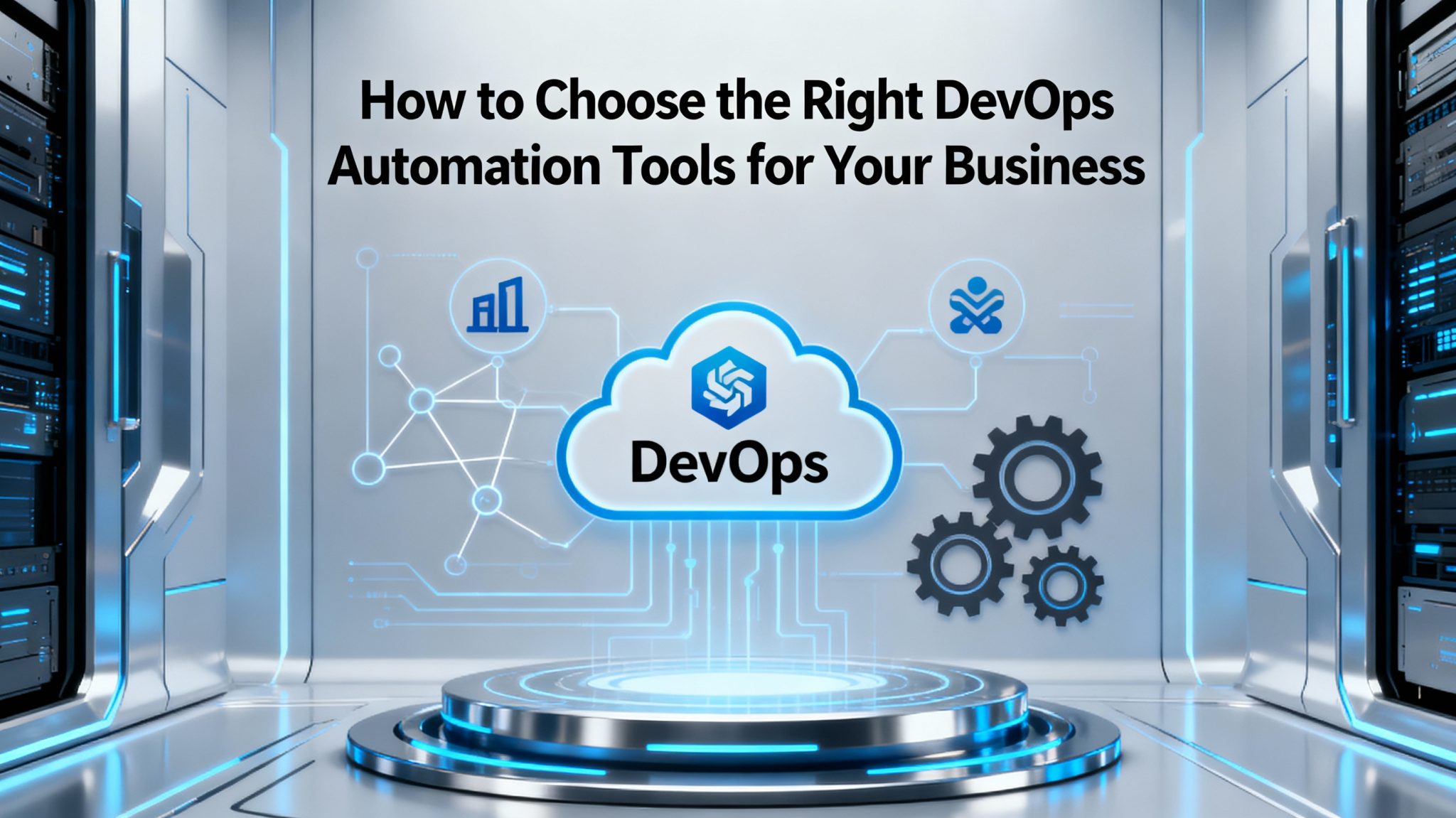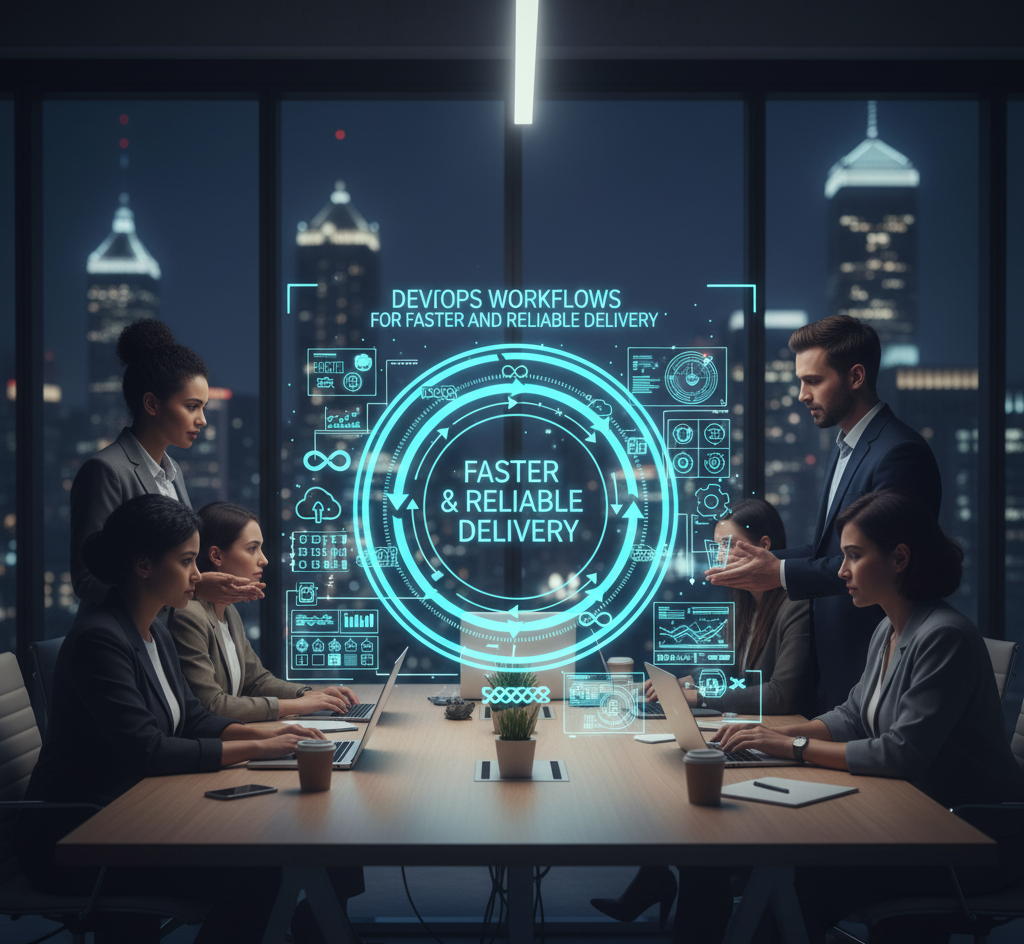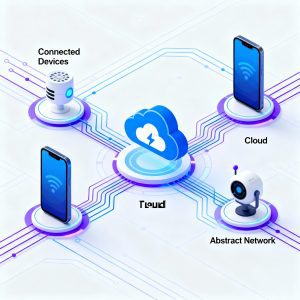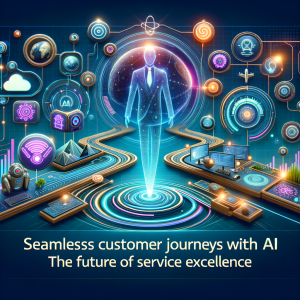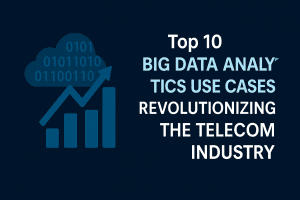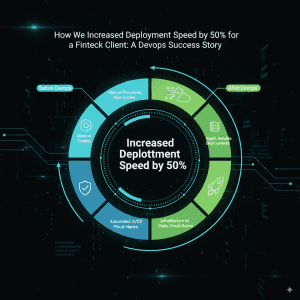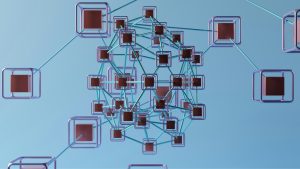Introduction
The digital transformation wave has brought about the critical integration of Information Technology (IT) and Operational Technology (OT), commonly referred to as IT/OT Convergence. IT encompasses enterprise systems, software applications, and data centers, focusing on business and information processing. OT, on the other hand, involves hardware and software that monitor or control physical devices in industries such as manufacturing, energy, utilities, and transportation.
Bringing IT and OT together unlocks tremendous value, yet requires overcoming unique challenges linked to security, culture, interoperability, and operational continuity. This blog provides an in-depth exploration of IT/OT convergence, outlining its benefits, key use cases across industries, real-life examples, and challenges to anticipate.
Understanding IT and OT: The Basics
-
Information Technology (IT): Includes systems like ERP, CRM, cybersecurity, cloud computing, and data analytics platforms that manage organizational information assets.
-
Operational Technology (OT): Encompasses devices and systems such as PLCs (Programmable Logic Controllers), SCADA (Supervisory Control and Data Acquisition), sensors, and industrial control systems that manage physical processes.
Historically, IT and OT operated in isolation with distinct goals and technologies, but the rising demand for real-time insights, automation, and efficiency drives their integration.
Benefits of IT/OT Convergence
1. Enhanced Operational Efficiency
Integrating IT data analytics with real-time OT sensor data provides end-to-end visibility of operations, enabling smarter decision-making and process optimization.
2. Improved Asset Management
Unified IT/OT data facilitates predictive maintenance, reducing downtime and extending equipment lifespan. Real-time monitoring coupled with AI-powered analytics from TechOTD AI Services enhances asset performance.
3. Increased Agility and Innovation
Converged infrastructures support rapid prototyping, automation, and deployment of innovative services that boost competitiveness.
4. Strengthened Security Posture
Coordinated IT and OT cybersecurity strategies bolster defense against evolving cyber threats targeting critical infrastructure.
5. Cost Reduction
Automation and data-driven optimizations lead to reduced energy consumption, minimized waste, and workforce efficiencies.
6. Better Compliance and Reporting
Unified data streams simplify adherence to regulatory standards and enable accurate, timely compliance reporting.
Use Cases of IT/OT Convergence Across Industries
Manufacturing
-
Smart factories leverage IT/OT convergence for connected supply chains, real-time quality control, and adaptive production lines.
-
AI-driven defect detection and robotic process automation (RPA) improve throughput.
Energy & Utilities
-
Grid digital twins combine OT sensor data with IT analytics for real-time monitoring and predictive grid maintenance.
-
Renewable energy integration benefits from converged data to optimize resources and demand response.
Transportation & Logistics
-
Fleet management and intelligent transport systems blend IT and OT to optimize routing, vehicle health monitoring, and safety systems.
Healthcare
-
Medical device monitoring and hospital IT systems converge to enable continuous patient monitoring and asset tracking.
Smart Cities
-
Integrated control of utilities, traffic, and public safety managed through IT/OT networks improves citizen services and sustainability.
Real-Life Examples of IT/OT Convergence
-
Siemens Smart Factory: Siemens integrates IT ERP systems with OT manufacturing execution systems for improved productivity and transparency.
-
Duke Energy Smart Grid: Utilizes IT-OT integration for real-time power management and outage prediction.
-
Shell Digital Oilfields: Combines geological sensor OT data with IT analytics to optimize extraction and predictive maintenance.
-
TechOTD AI Solutions: Employ advanced AI models that leverage IT/OT data convergence to enhance operational efficiency, predictive analytics, and blockchain-enabled security (TechOTD Blockchain Integration).
Challenges in IT/OT Convergence
-
Cultural Differences: IT and OT departments often have different mindsets and priorities, complicating collaboration.
-
Security Risks: OT devices may lack robust security, making integration a potential vulnerability.
-
Legacy Systems: Older OT equipment can be difficult to integrate with modern IT architectures.
-
Data Silos: Disparate data formats and systems hinder seamless data sharing.
-
Compliance Complexity: Multiple regulatory frameworks require unified strategies.
-
Skill Gaps: Bridging skills between IT and OT domains demands investment in training and recruitment.
Strategies for Successful IT/OT Convergence
-
Foster a unified governance structure involving cross-functional teams.
-
Invest in scalable, interoperable technology platforms.
-
Prioritize cybersecurity frameworks addressing both IT and OT risks.
-
Implement advanced AI and predictive analytics tools, such as those featured at TechOTD AI Services.
-
Employ blockchain for secure, auditable data sharing (TechOTD Blockchain Integration).
-
Train employees and promote a culture of collaboration.
-
Partner with experienced technology consultancies focused on IT/OT synergy (How We Work).
The Future of IT/OT Convergence
Technologies like 5G, edge computing, digital twins, and large language models (LLMs in Finance) will accelerate IT/OT integration. The fusion of AI-powered customer journey analytics (Seamless Customer Journeys) and IoT with blockchain-backed security and transparency will shape the next phase of digital enterprise and industrial innovation.
Conclusion
IT/OT convergence is no longer optional but essential for organizations aiming to compete, innovate, and operate efficiently in the digital age. Despite inherent challenges, its benefits—from improved efficiency to enhanced security—are driving adoption globally.
For best practices, AI-enabled optimization, blockchain integration, and expert guidance, partner with TechOTD AI Services and stay updated with the latest in digital innovation on the TechOTD Blog.
